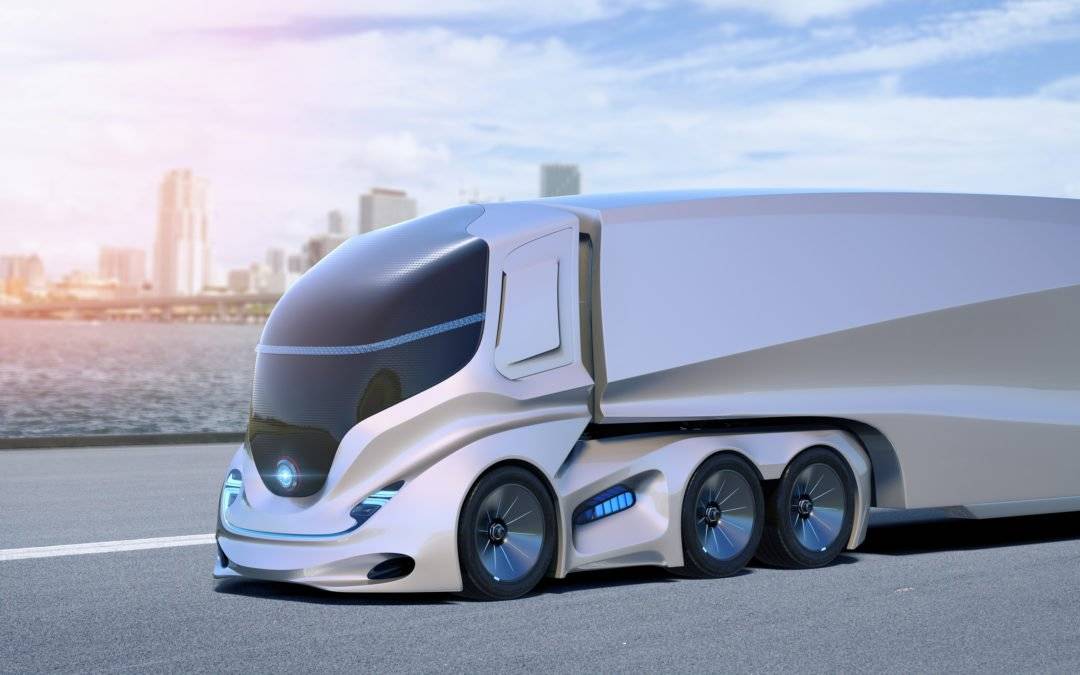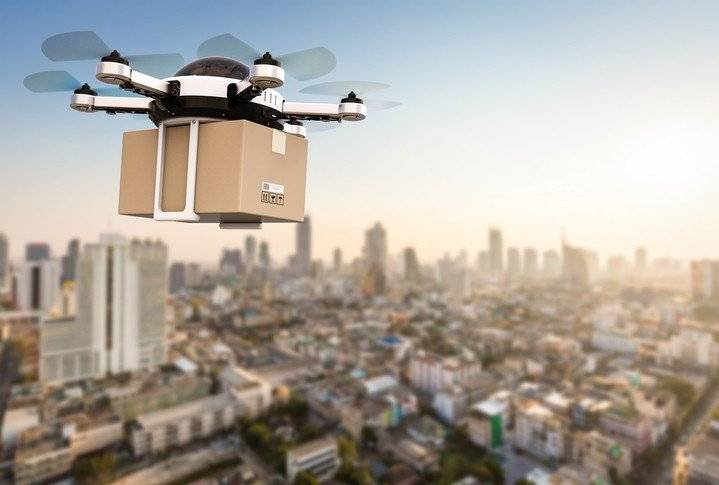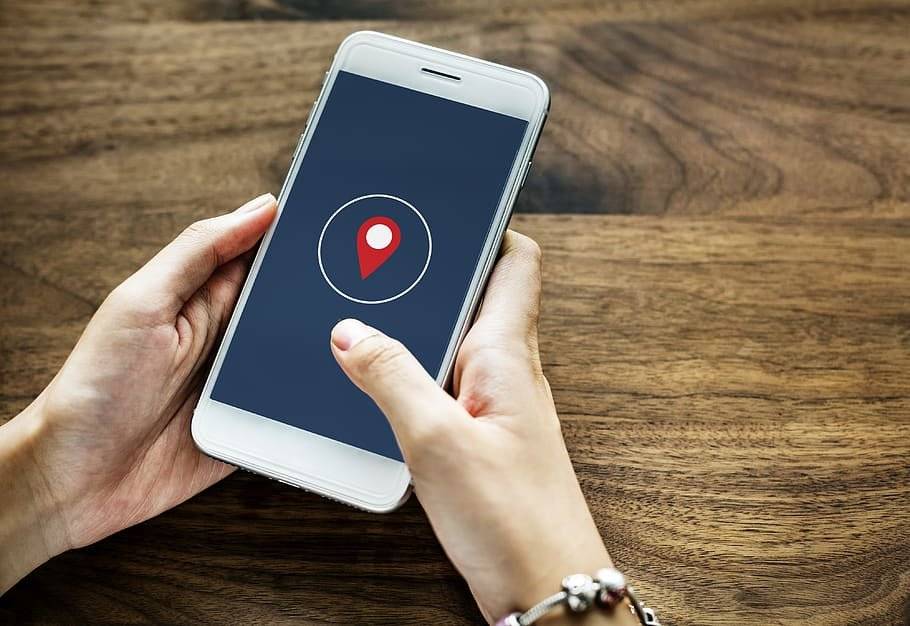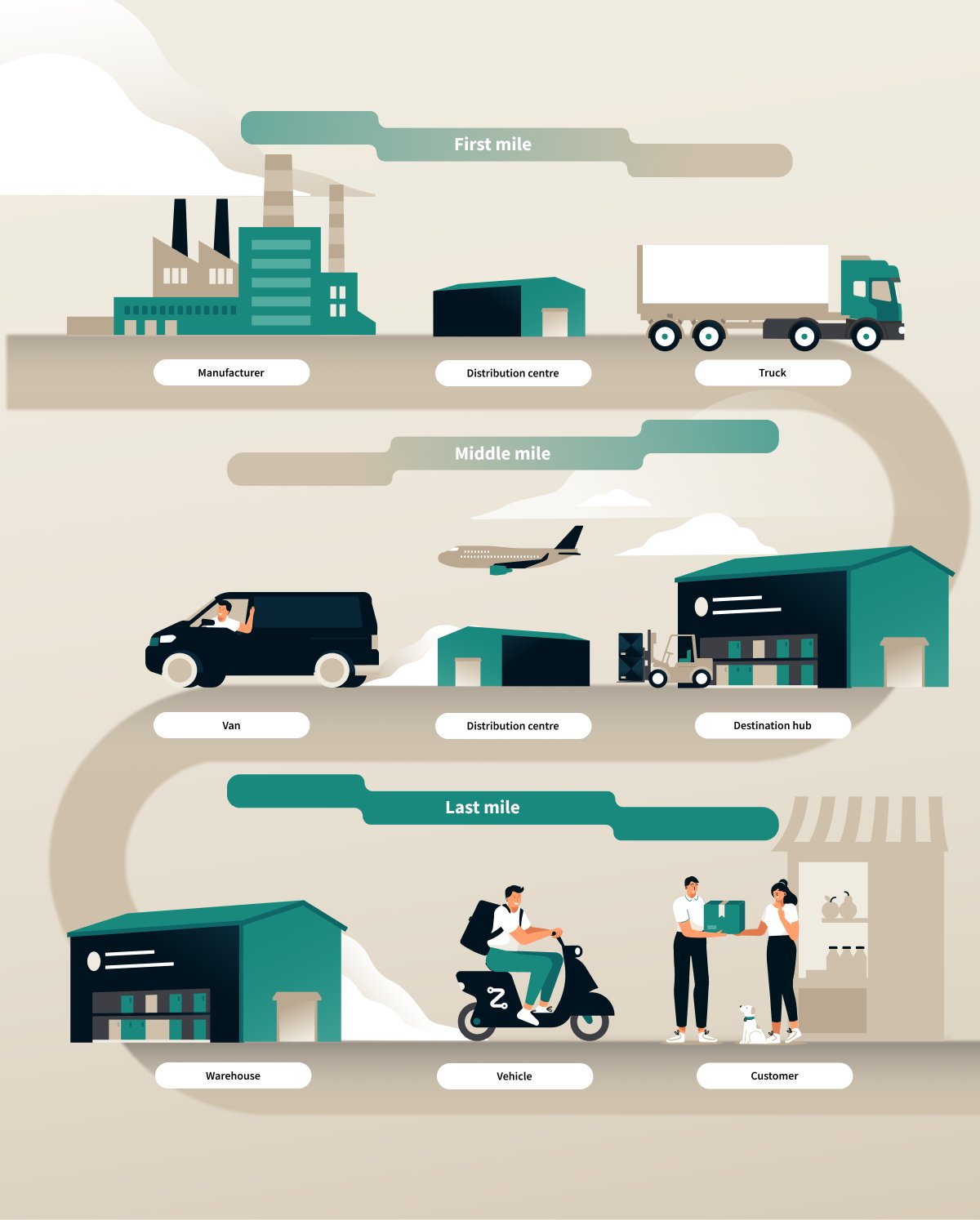Just about every industry has seen some major changes since 2020, and the transportation and logistics space is no exception. While the pandemic has certainly played a big role in the changes this industry has seen, many innovations we’re observing now were likely going to happen anyway due to advancements in technology. In fact, new technology is responsible for the most innovative trends that will change the future of transportation. Here’s a look at the top four trends to keep an eye on as 2022 unfolds.
Autonomous Vehicles

One of the top innovative trends in delivery will be the increase of autonomous vehicles to transport goods. Major companies like DHL, UPS, and Penske Truck Leasing are already using autonomous technology in their fleets. Driverless trucks have been shown to improve delivery times, lower operational costs, increase safety, and avoid the issues that come from the driver shortages the world has faced recently. Plus, autonomous vehicles allow logistics teams to focus on tasks other than delivering, such as improving warehouse operations and mapping out better routes.
There are even indoor autonomous vehicles that can perform routine tasks inside any warehouse. For example, automated guided vehicles (AGV) can follow a path marked with magnets or wires to move items around the warehouse. And more advanced versions of these driverless vehicles are autonomous mobile robots (AMR) that use sensors to dodge obstacles in their way throughout the warehouse. Basically, autonomous vehicles are considered to be very important in the future of transportation, both in the warehouse and on the road.
Drone Delivery

Despite the advantages of driverless vehicles on any road, sometimes following the road just isn’t possible when delivering items. For those scenarios, many logistics and transportation companies are glad to have access to drones. After all, this type of vehicle doesn’t ever have to sit in traffic or deal with icy highways. It can deliver quite quickly to rural areas that are hard to reach, making it an attractive way to drop off everything from food to medical supplies across the world. That’s why it’s among the trending innovations in transportation.
Of course, drones are not without some limitations. There are a few regulation issues that will need to be dealt with before drones can be used more in delivery. This is why even big companies like UPS can only deliver to limited spots, like hospitals and rural areas. But their benefits—such as faster delivery to remote parts of the world—will likely soon outweigh any concerns so they can become a big part of the future of transportation.
Geolocation Technology

Another way transportation of the future will improve is through geolocation technology. This describes the use of GPS or IP addresses to track connected devices. Not everyone knows what geolocation technology is, but at this point, most people have used it when shipping an item or waiting to receive one. After all, this technology has been used for years to track orders, and that’s expected to continue.
Not only can logistics companies rely on geolocation technology to track orders for customers, but they can also use it to stay updated on inventory of products and supplies. They can use this technology to update their team on how much of each item they have and where it’s stored, even across warehouses in different states or countries. So you should expect geolocation technology to stick around as part of the future of transportation.
More Focus on Last-Mile Delivery

Finally, increased focus on improving the last-mile delivery step has been one of the top trending innovations for a few years, and it’s predicted to remain so. After all, that last mile of the delivery process is the final—and most important—step for any company that wants to keep customers happy. More specifically, last-mile delivery is the process of moving products from the warehouse to the end customer. So as you might imagine, it needs to go perfectly to impress customers, who increasingly expect their products to arrive within a day or two.
That’s why improving the future of transportation will depend a lot on streamlining last-mile delivery services. In particular, companies will focus on increasing the personalization, customer service, and speed of delivery, all while trying to reduce shipping costs. This will likely require more reliance on technology, which is good since the future of transportation will involve a lot of it, such as the other innovative trends discussed here.
Clearly, the future of the transportation industry is going to depend on companies adopting the latest technology in this field. And fortunately, there’s a lot of it, from ever-advancing autonomous vehicles and drones to more accurate geolocation techniques. So if you want to streamline your own processes in this industry, keep a close eye on these and similar innovative trends in transportation.

